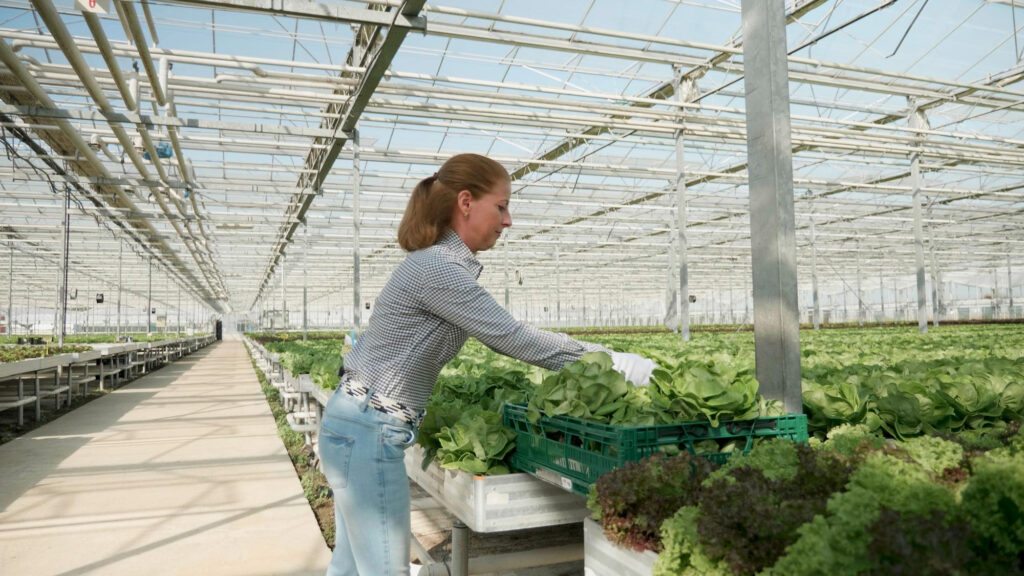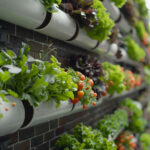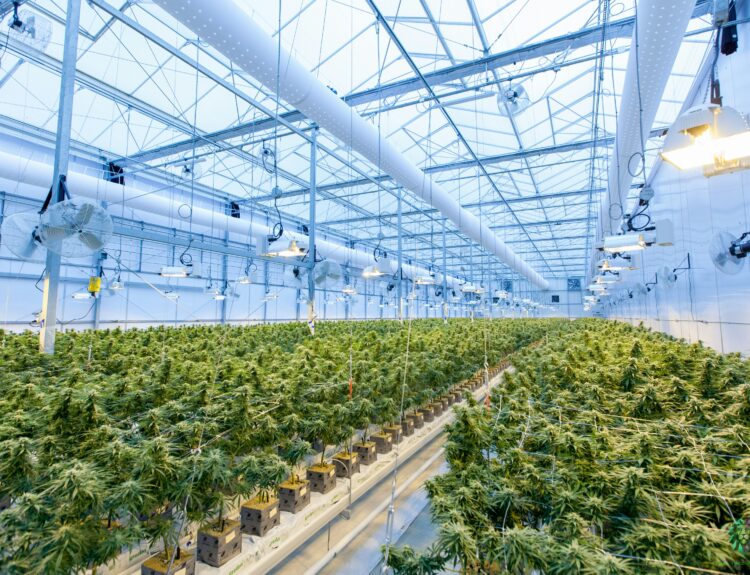Are you dreaming of a bountiful indoor garden but short on space? Hydroponic farming could be your perfect solution! Whether living in a bustling city with limited outdoor access or simply eager to try a new gardening method, DIY hydroponics offers a way to grow fresh veggies and herbs right at home. This soil-free growing technique is ideal for indoor environments and small areas.
In this guide, we’ll cover everything you need to know to start your hydroponic setup, from selecting the right materials to caring for your plants. Don’t worry if you’re new to hydroponics—our straightforward, step-by-step instructions are designed to make the process easy and enjoyable. Get ready to turn your space into a vibrant, green haven and enjoy the pleasure of harvesting homegrown produce all year round!
What is Hydroponic Farming?
Hydroponics is a soil-free cultivation method where plants are grown in nutrient-rich water. This approach allows for precise control over the nutrients and water plants receive, resulting in accelerated growth and increased yields. Various hydroponic systems, such as nutrient film technique (NFT), deep water culture (DWC), and drip systems, can be used to adapt to both indoor and outdoor settings. Perfect for urban gardeners and those with limited space, hydroponics enhances productivity and efficiency. Embrace hydroponics to transform your gardening practices and enjoy fresh, homegrown produce throughout the year.
Step-by-Step Guide to DIY Hydroponic Farming
DIY aeroponics farming is a cutting-edge gardening method where plants grow with their roots suspended in air and exposed to a nutrient-rich mist instead of soil. This approach delivers essential nutrients directly to the plant roots through a fine mist, enhancing growth speed and productivity. It’s a space-efficient and water-conserving technique, making it perfect for home gardeners and urban spaces. By building your own aeroponics system, you gain full control over the growing environment and nutrient delivery, leading to healthier plants and a more sustainable gardening practice. This innovative method simplifies indoor gardening and maximizes your yield potential.
Benefits and Challenges of DIY Hydroponic Farming

Hydroponic farming offers several benefits but also comes with its own set of challenges. Here’s a closer look at both aspects to help you decide if DIY hydroponics is right for you.
Benefits of DIY Hydroponic Farming
| Maximized Space Efficiency: | Hydroponic systems are ideal for areas with limited space, such as apartments or small outdoor areas. Vertical setups and compact designs allow for efficient use of available space, enabling you to grow a variety of plants where traditional gardening might not be feasible. |
| Accelerated Plant Growth: | Plants grown hydroponically can experience faster growth rates compared to those in soil. This is due to the direct delivery of nutrients and water, leading to quicker harvests and potentially higher yields. |
| Water Conservation: | Hydroponic systems are more water-efficient than conventional soil-based gardening. The closed-loop systems recycle water, which minimizes waste and makes better use of this precious resource, especially in regions facing water shortages. |
| Fewer Pest and Disease Issues: | Growing plants without soil reduces the risk of soil-borne pests and diseases. This can lead to healthier plants and a reduction in the need for chemical pesticides, supporting a more organic approach to gardening. |
| Enhanced Control Over Growing Conditions: | Hydroponic systems allow you to closely regulate environmental factors like nutrient levels, pH, and light. This precise control can result in optimal growing conditions and healthier plants. |
Challenges of DIY Hydroponic Farming
| Initial Investment: | Setting up a hydroponic system can involve a significant initial cost. Expenses may include purchasing or building the system, grow lights, pumps, and hydroponic nutrients. This upfront investment can be a barrier for some. |
| Complexity and Learning Curve: | Hydroponics requires a good grasp of plant nutrition, pH balance, and system maintenance. Beginners may find the learning curve steep as they familiarize themselves with these new concepts and manage their systems effectively. |
| Ongoing Maintenance: | Maintaining a hydroponic system involves regular tasks such as checking nutrient levels, adjusting pH, and cleaning the system to prevent issues like algae growth. Consistent upkeep is essential to ensure plant health and system functionality. |
| Dependence on Electricity: | Many hydroponic systems rely on electrical components like pumps, lights, and air stones. Power outages or electrical failures can disrupt nutrient delivery and aeration, potentially harming your plants if not addressed promptly. |
| Limited Crop Suitability: | Not all plants thrive in hydroponic systems. While many leafy greens and herbs do well, crops with large or complex root systems might not be suitable for standard hydroponic setups. This limitation can restrict the variety of crops you can grow. |
| Technical Challenges: | Hydroponic systems can face technical issues such as pump malfunctions, nutrient imbalances, or leaks. Troubleshooting these problems requires some technical knowledge and problem-solving skills, which might be challenging for newcomers. |
Conclusion
DIY hydroponic farming provides a cutting-edge way to grow plants without soil, offering advantages such as efficient space usage, accelerated plant growth, and reduced water consumption. While initial setup costs, maintenance demands, and reliance on electricity are notable challenges, the benefits of precise control over growing conditions and fewer pest problems make hydroponics an attractive option. By addressing these challenges effectively, you can create a thriving hydroponic garden and enjoy fresh, homegrown produce. Adopting hydroponic farming can enhance your gardening experience and optimize your space for productive, soil-free cultivation.
Learn more about Farming here
Related Post:










